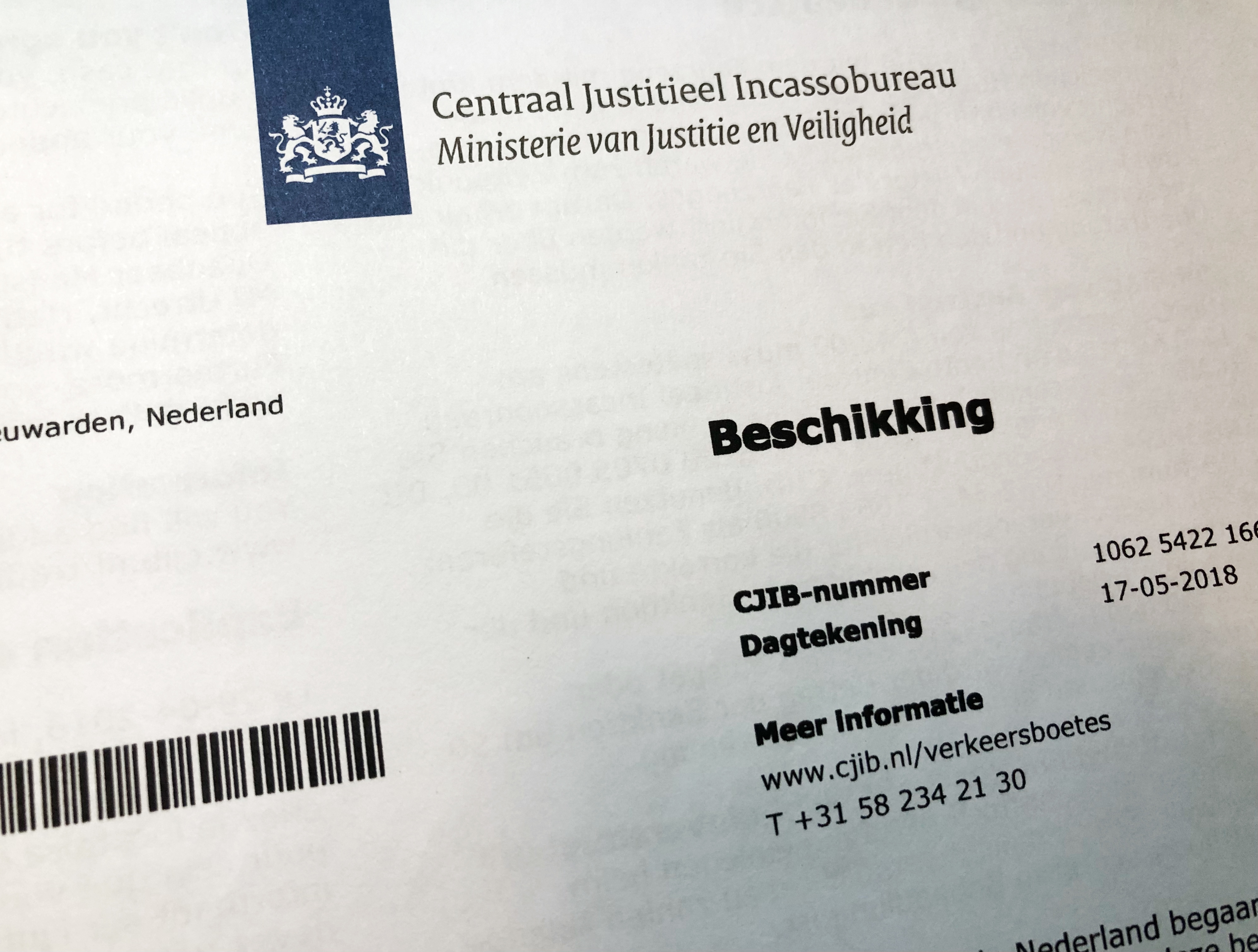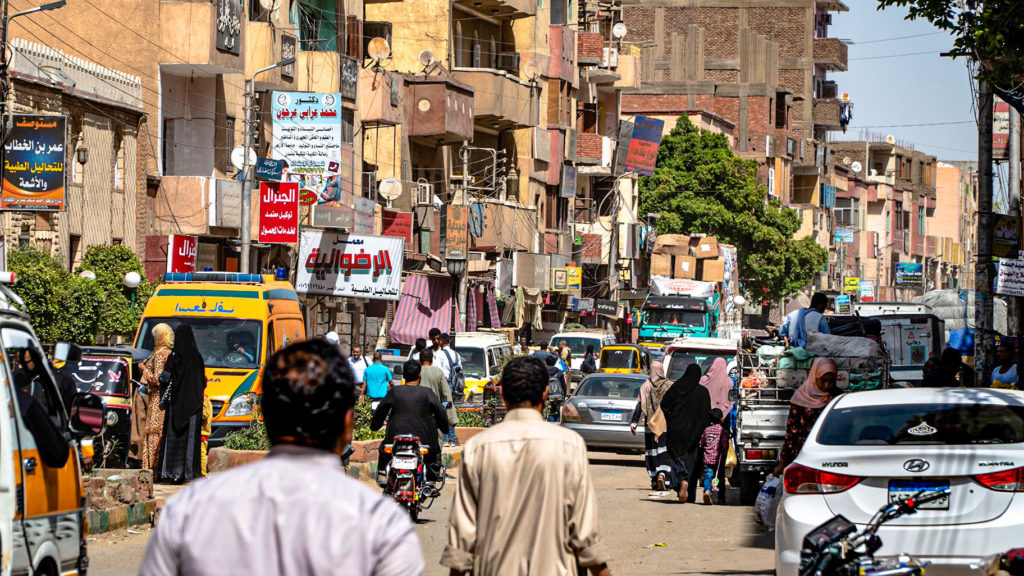How To Drive Safely in a Foreign Country

Drive Safely in a Foreign Country
Is it possible to drive safely in a foreign country? Honestly, it’s a good question, and it depends on the country.
When traveling outside of the United States I prefer to take public transportation. Typically it’s Is easier, simpler and safer than driving in a foreign country for the following reasons:
- Typically distance and speed limit signs are in unfamiliar kilometers
- Gas is sold in liters and taxed much higher
- Border crossing rules can be fuzzy
- Driving rules are inconsistent
- Some driving infractions must be paid for in cash at the time of the offense . . . these infractions may or may not be real
And don’t even get me started on parking.
Yet I Understand the Appeal

However, I understand the appeal of renting a car and having your own wheels to explore where you want, when you want and how you want.
We’ve rented cars in Canada, Mexico and all across Europe and generally enjoyed the freedom and flexibility.
The Dreaded Robo-Ticket

We’ve Received One Ticket
While driving through the Netherlands we were caught by a robocop going 3 km over the speed limit. That’s barely 1.86 MPH over the legal speed limit. Read that again.
Several months after we returned home from our trip the ticket was unceremoniously delivered by snail mail via our rental car agency.
The official-looking document was written in Dutch and ended up being an enormous pain to pay. The money had to be wired to the Netherlands and the bank did the conversion wrong. It ended up costing $100 and took six months to clear the ticket.
To be clear, it cost $100 to clear a ticket for going not quite 2 miles an hour over the posted speed limit.
We Had To Pay It
You are probably saying to yourself, “That’s ridiculous. I wouldn’t have paid that ticket!”
Not paying the ticket wasn’t an option for us.
We fly in and out of Amsterdam at least once a year and we can’t have trouble securing a rental car in the future, nor do we want to have trouble renting a car from that specific rental car company if the ticket followed us around.
In today’s digital age, everything follows you around.
Parking

Parking, especially in bigger cities is an issue. It is also very expensive.
When we have a car we usually sleep outside the city center where parking is free and the hotel parking lot is easier to access. Staying outside the city usually works in our favor, our hotel money goes a little further and we’ve had unlimited, interesting sleeping options.
Because of our mobility we’ve been able to stay at castles in both Germany and Spain and some really fun mom-and-pop places that wouldn’t have been available with public transportation.
Easy Driving Vacations

If you’d like to try a driving trip, I’d recommend starting in Spain or Germany.
Their freeway systems are most like ours in the United States, tolls are almost non-existent, the highways are wide with easy-to-understand signage and both countries are simple to navigate.
In Spain, bicyclists share the road with freeway drivers which can be a bit nerve-wracking.
In Germany, there’s something exhilarating about watching BMWs and Audis fly past you on the Autobahn. When in Germany, stay out of the passing lane. You absolutely don’t belong there.
Traffic Circles/Roundabouts

Europe as a whole believes very much in traffic circles. It’s to your benefit to be comfortable with how they work.
If you haven’t driven through many roundabouts, find a handful in your neighborhood or closest town and practice until you’re comfortable entering and exiting. It’s better to practice in your own backyard than in a foreign country where the traffic circle might have eight exits and then lead into another traffic circle.
Above all things, avoid the Arc de Triomphe in Paris.
Places to Avoid on a First Driving Trip

If you’re a newbie or haven’t traveled a lot, I DON’T recommend starting your foreign driving experience in England, Scotland or Ireland.
Renting an unfamiliar car that you have to manually shift, while driving on the wrong side of the road, while sitting on the wrong side of the car and entering traffic circles going the wrong way would be terrifying for an inexperienced traveler.
I’m not sure it would be a fun experience for a mid-level traveler.
To be honest, I’m shocked that England, Scotland and Ireland hand car keys over to jet-lagged tourists and tell them to be on their way without some kind of driving test.
Egypt is Also a No

Photo: Ray Boone
I would not recommend driving in Egypt.
There are no lines on the road, there aren’t many traffic signs and from what I could tell you let others know you’re turning or merging by honking your horn.
Native Egyptians have an intrinsic instinct on how to drive in their noisy, chaotic, fantastic city. If you’re not from Egypt I think driving would be dangerous and nerve-wracking.
Save yourself the potential heart attack, take one of the plentiful and cheap taxis.
You Still Want to Rent a Car?
After all that you STILL want to rent a car?
Alright, let’s do some research!
Country Rules and Regulations

Before you begin your rental car search, do a quick internet search to see what rules and regulations the country you’re visiting has for car rentals. Your search should include:
- Are you allowed to take the car out of the country? (if this is a concern)
- Are luxury brands allowed to be taken out of the country?
- Do you need a permit or sticker to take the car out of the country?
- Are there car seat requirements/do you need to rent a car seat for a child?
- Is extra or special insurance required?
If yes, is it cheaper to buy the insurance before you arrive or at the counter? For example, some countries, like Ireland, require extra insurance and it’s much cheaper to buy it before you go.
- Does your credit card cover rental car insurance?
If yes, make sure you have a printed page or screenshot of the car rental insurance coverage with you.
Once you’ve answered these basic questions, it’s time to search for your car.
Car Rental Search
I always start with Priceline and Rentalcars.com.
Also, check to see if your employer has a preferred rental car company they use . . . my company has an employee agreement with both National and Enterprise.
If you have a special credit card for travel, your credit card company might offer rental car perks.
Once you gather up all your car rental “options” you’re going to search each site and compare prices, car sizes and added fees.
My Experience

After checking Priceline, Rentalcars.com, my work car rental website and my American Express deals site, 90% of the time Priceline has the best price.
I start checking out car rental prices the moment we decide we’re planning a trip.
Car rental prices rarely ever go down, except maybe the day before.
My experience is prices usually go up so don’t be wishy-washy and wait to book. You’ll consistently get your best deals by reserving in advance.
Car rentals are easy to cancel so secure your rental early and make sure it includes free cancellation. Even after you’ve reserved your car it’s okay to shop around and continue to check prices every week or so to make sure you’re getting the best deal.
If you do find a better deal and decide you’re not going to use the car you originally booked, be sure to cancel it. It’s not polite to hold up inventory you’re not planning on using.
Other Things To Watch For

Car rental agencies make their money on unnecessary upgrades and add-ons. As you research your car, read the fine print. If a rental car has a lot of limitations, it might not be the best deal for you. At the very least try to rent a car that has:
- Unlimited miles
- Air conditioning
- Automatic transmission
- Enough room for your group
- Enough room for all of your luggage
A Firm No Thank You
Don’t ever pay for extras like:
- GPS (your working phone will have GPS)
- Gas (you can stop and get gas yourself on the way back to the airport)
- A toll pass (pay for the tolls yourself, don’t pay for a pass on top of it)
It’s Up To You To Know the Rules

Before your trip be sure to read up on the driving rules and regulations of the country you’re visiting.
While most driving rules around the world are consistent, every country has a handful of unique exceptions. Not knowing a country’s obscure driving rules doesn’t excuse you if you accidentally do something illegal.
For example, making a right turn at a red light is only legal in the United States. If a police officer catches you making a right turn on a red light in a foreign country, you’ll likely get a ticket . . . and I can promise you the police officer in the south of France does not care how we “do things in America.”
Ultimately it’s up to you to know the road rules of the country you’re visiting.
At a minimum, I’d recommend you stay on the right side of the law and drive the posted speed limit. There’s no reason to bring unnecessary and unwanted attention to yourself.
International Driving Permit
I’ve heard about the International Driving Permit. I’ve never seen one, I don’t know anyone who has one and we’ve never been asked to show one to anyone.
Do your research to see if an International Driving Permit is necessary for the country you’re visiting. Most of the time your own driver’s license should be permit enough.
When it doubt, take the train.

No matter where you go to brave the roads, be safe and Happy Driving!
Thanks for Stopping By
Please feel free to share your questions or comments below. If you see any typos, let me know!
I encourage you to share my tribal knowledge with someone who loves or would love to travel.
The Art of Travel (TAOT) ~ Written by Kylie, a huge thanks to Alex for the photos.





Recent Comments